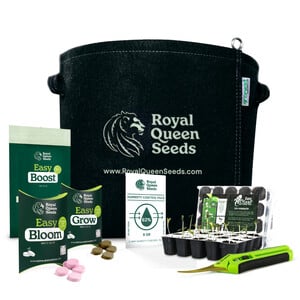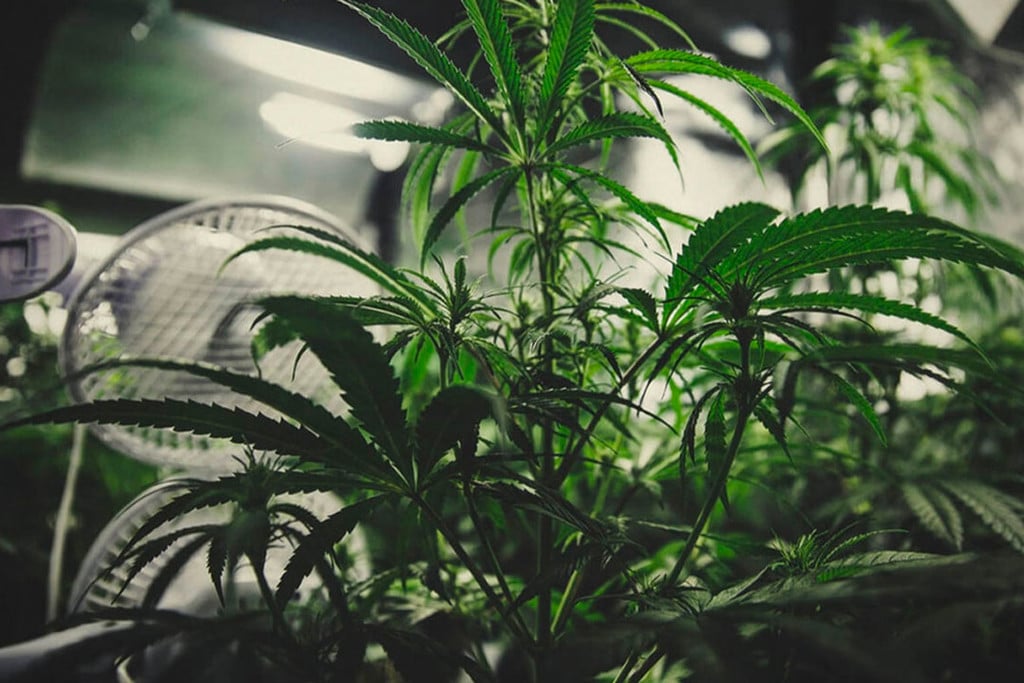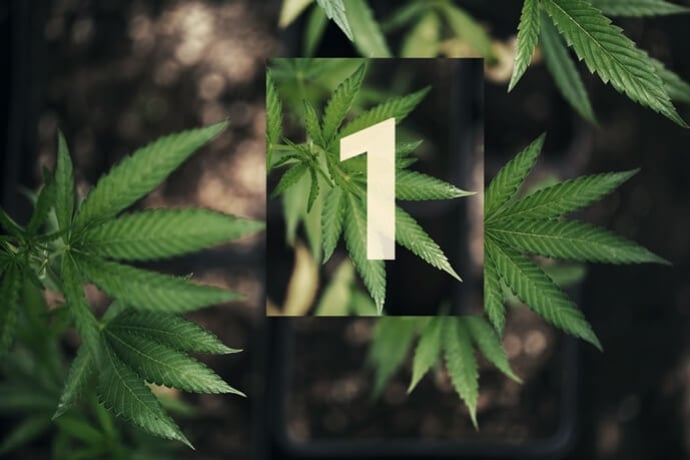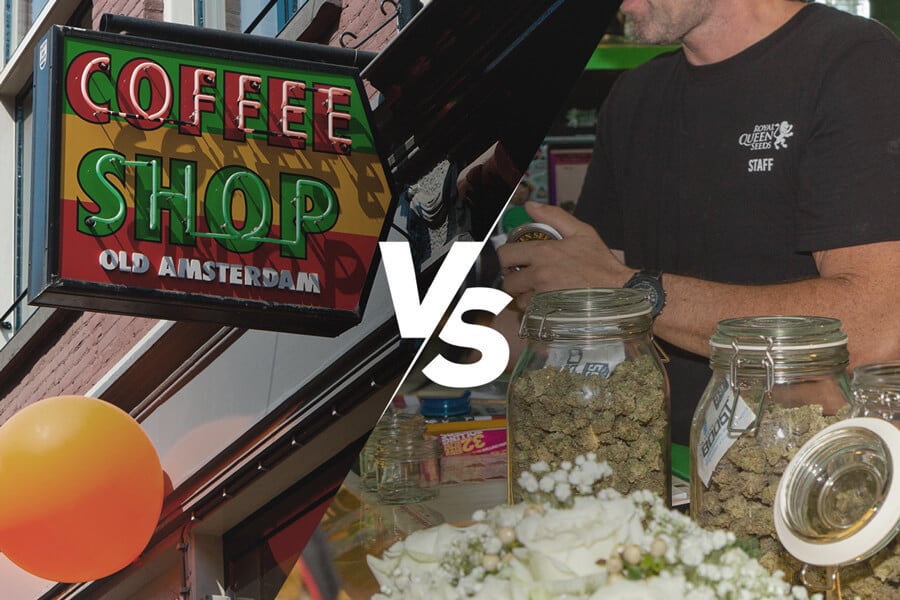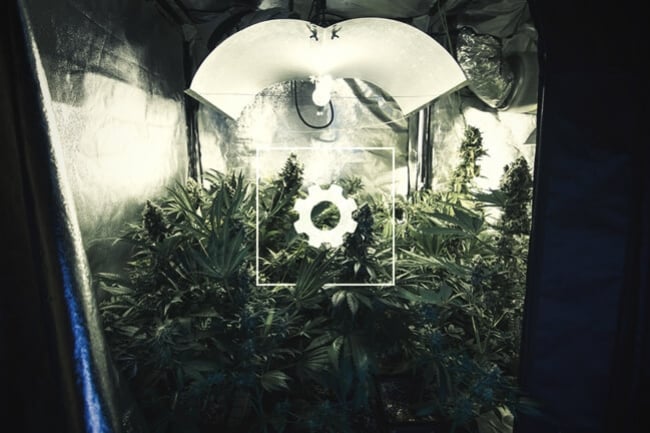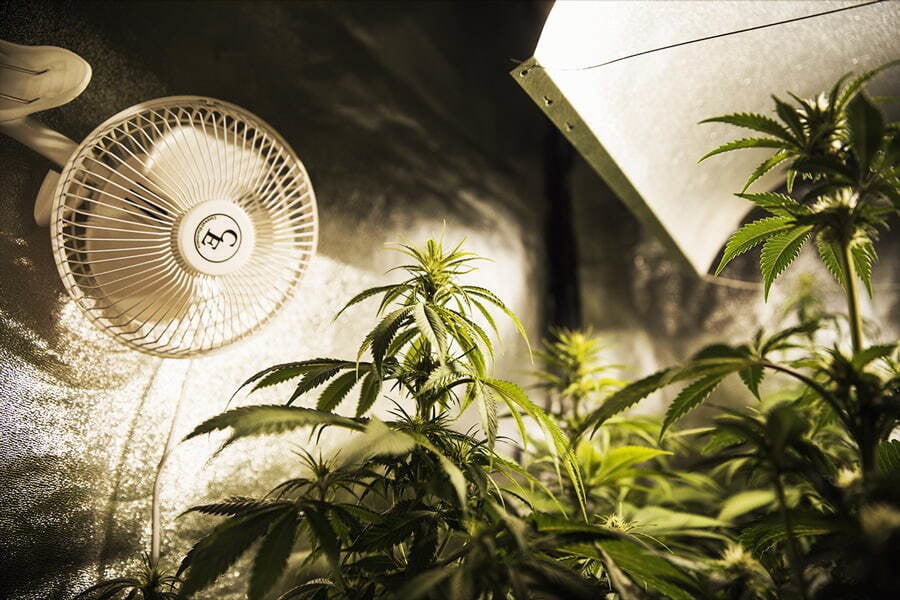.
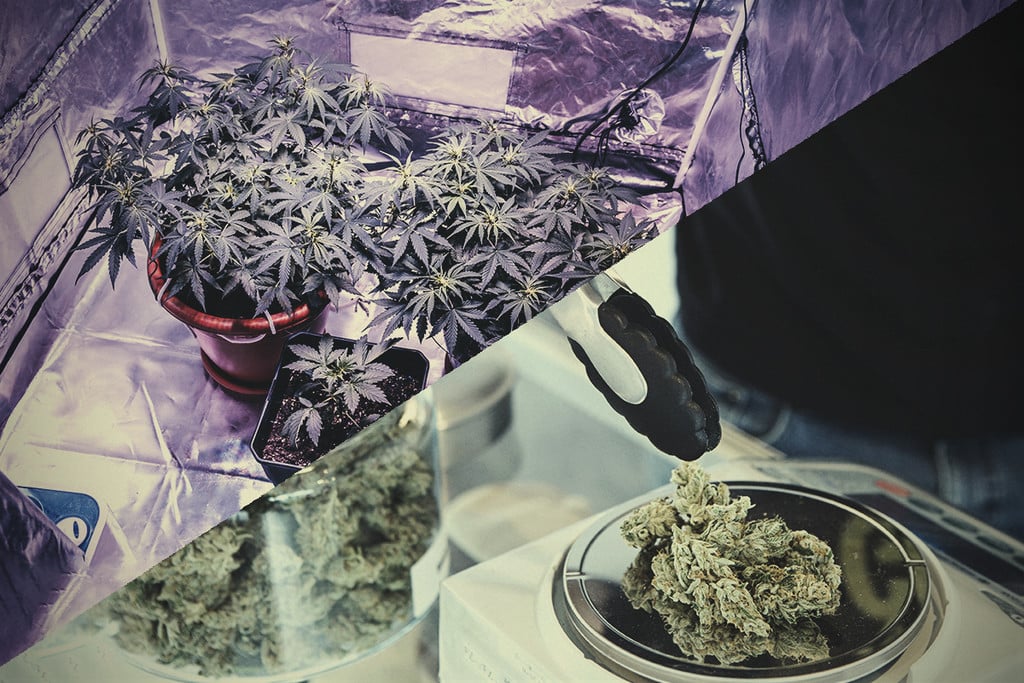
Growing Your Own Weed vs Coffeeshop Weed: Which Is Better?
How do you prefer to obtain your weed? Some people love the simplicity of heading to a coffeeshop, choosing from a menu, and receiving weed on demand. Others much prefer growing their own at home, as this allows them to choose the exact genetics they love, save a bunch of money, and build up a huge stash. Join us as we compare the two options.
Hundreds of coffeeshops line the streets of Amsterdam and other Dutch cities, bringing in millions of weed-loving tourists every year. Other European countries possess their own kinds of cannabis outlets. Barcelona boasts cosy cannabis clubs, whereas cannabis users in London and Paris have to rely on local growers and sellers to purchase weed under the radar.
Purchasing weed from coffeeshops and other establishments serves as a quick and simple way to secure some bud. However, things can start to get expensive. Even visiting these places two or three times per week can seriously impact your monthly budget.
So, what can you do to save money? Many cannabis users opt for growing at home. But starting this hobby comes with the initial cost of equipment and seeds, and some countries outlaw growing cannabis altogether.
Contents:
Homegrown vs Coffeeshop Weed: Which One Should You Pick?
The difference between homegrown and coffeeshop weed certainly doesn’t stop at the price. Many smokers claim that their homegrown cannabis far surpasses the quality of anything found on outlet shelves. Others counter this argument, claiming they’ve never felt as high as that one time in Amsterdam.
While some growers have no issue with setting up a small tent indoors, others refuse to take the risk of legal prosecution, and much prefer the convenience of purchasing a wide range of strains from behind the counter.
Comparing Homegrown Weed to Coffeeshop Weed
-
Cost
So, to answer our most pressing question; do you save more money by growing cannabis at home or frequenting your local coffeeshop?
- Homegrown
Cultivating your own buds certainly saves money in the long run. But setting up a grow tent at home does require an initial investment.
Some growers have lots of cash to splash when it comes to raising their own cannabis plants. They invest in humidifiers, expensive automated irrigation systems, polytunnels, and extraction equipment.
But how much does it cost to grow weed? To keep things simple, we’ll lay down the figures of a minimalist growing setup. This system won’t cost you much to get started. We’ll then work out the value of your yield based on coffeeshop prices to draw up a worthy comparison.
What you’ll need:
- Small grow tent: €70–100
- Potting soil: €20
- Containers: €5
- 600W LED grow light: Around €100
- Veg nutrients: €14
- Flowering nutrients: €14
- Curing jars: €10
- Seeds: ~€25
There you have it. You can purchase the most important items for growing your own weed for approximately €258–288. You’ll probably find yourself wanting to purchase some other useful bits of equipment as your grow progresses, including a watering can, trimming scissors, a fan, and maybe an odour neutraliser. Although these aren’t essential, they do make life a lot easier. Expect to spend between €30–50 on this additional gear.
The equipment listed above will provide enough nutrients, space, and light to grow two ultra-healthy autoflowering plants. You can also choose to grow a larger photoperiod indica or sativa variety, but autos are more compact and yield much more rapidly.
So, how quickly will your equipment pay for itself? Let’s use Royal Kush Automatic as an example. This variety offers around 150g/plant when her lighting requirements are met. So, from two plants, you’d pull approximately 300g of flowers 10–11 weeks after sowing the seeds.
In Amsterdam coffeeshop terms, you’ve just produced €3,600 worth of bud. Not only did you cover the cost of your initial investment, but you’d still save money if you went ahead and bought some other bits and pieces for your growing operation. Our example above also didn’t consider larger growing tents, greenhouses, and growing outdoors, where much larger yields are possible.
As you progress as a grower, you'll develop skills that make you more self-sufficient. You can learn to make your own fertilisers using Korean natural farming techniques, make your own compost and worm castings, and save money while increasing the health of your soil and the quality of your buds.
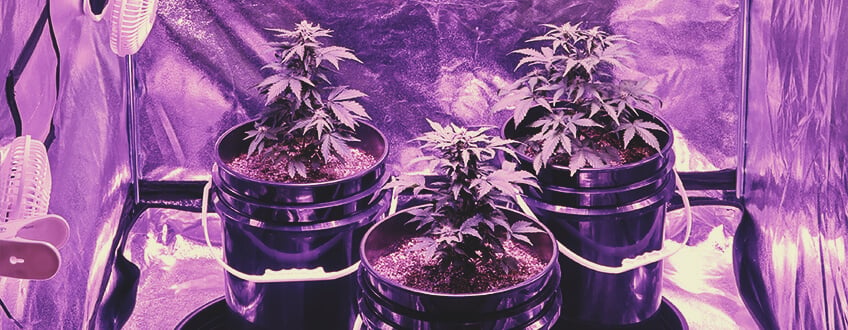
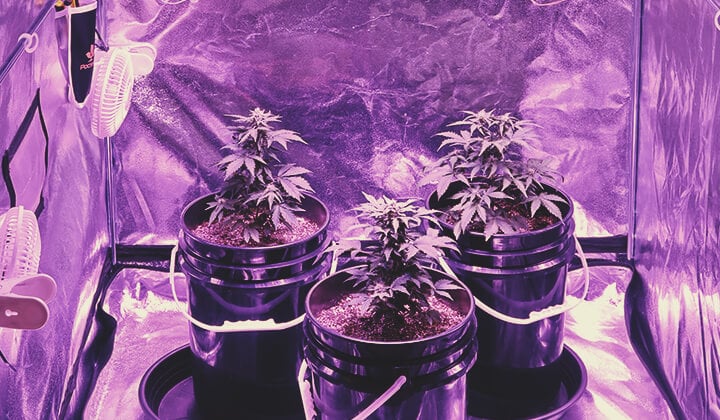
- Coffeeshop
The cost of weed fluctuates depending on the source. When checking out different coffeeshops or cannabis clubs, you’ll find a wide range of prices. You can purchase low-quality buds for around €5 per gram, whereas better-quality flowers will cost you around €12 per gram. If you’re looking for a prerolled joint of decent flower, expect to pay around €15 or more for four cones.
You’ll also find good-quality hash in most coffeeshops and cannabis clubs. Again, the price can shift depending on the retailer, but you can usually expect to pay around €12 per gram.
These prices sound reasonable at first, especially through the eyes of a tourist. If you visit Amsterdam once or twice a year intending to get stoned, you’ll likely have no issue paying this amount.
However, if you enjoy using cannabis daily, these prices soon add up to a costly sum. By the end of the month, you’d probably end up spending more on cannabis flowers and hash than you would on groceries and other essentials. By comparison, the cost of growing weed is much less steep over time.
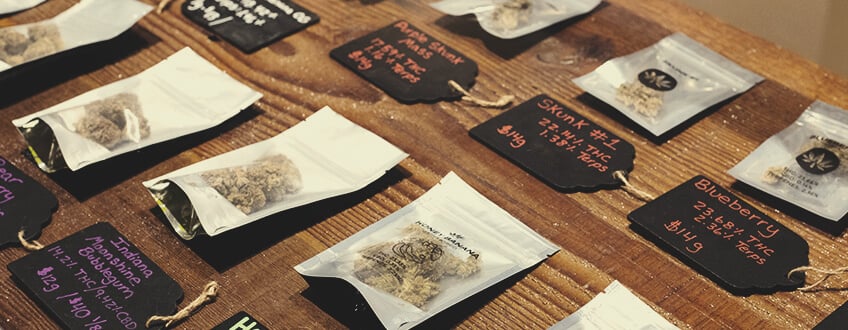
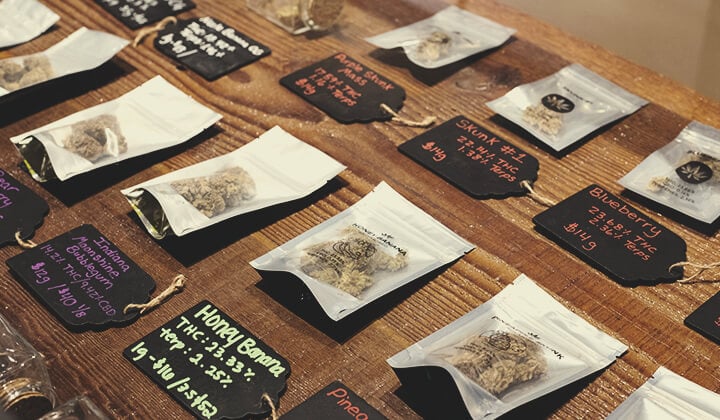
-
Difficulty
Of course, there are differences in difficulty between strolling into a coffeeshop and spending months growing your own stash.
- Homegrown
Growing your own weed for the first time never quite turns out how you imagined it would. You probably started out with a vision of luscious green leaves, fat, resinous buds, and stash jars loaded to the brim.
While some beginners pick things up very fast, others end up with yellow leaves, small harvests, and face a bunch of challenges along the way. In reality, growers have to deal with a lot of hurdles before gaining enough experience to churn out consistent harvests. Such issues include:
However, once you get the basics dialled in, you’ll find that every grow gets easier and easier.
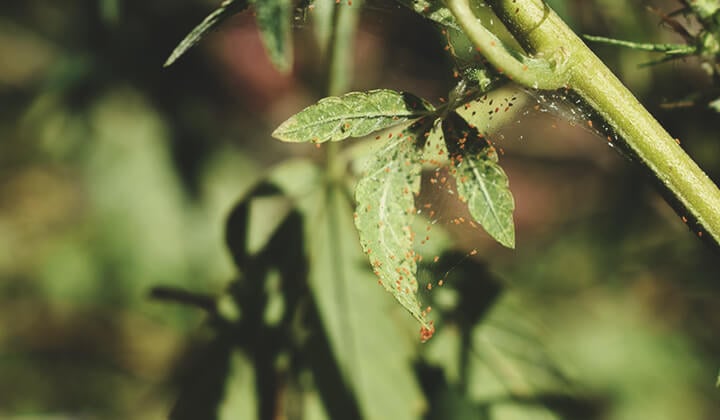
- Coffeeshop
The most difficult part about buying weed from coffeeshops is probably paralysis through analysis—you might get overwhelmed by the amount of choice. But coffeeshops are mostly staffed by friendly and knowledgeable employees that can guide you through a menu and help you find what you’re looking for. There’s nothing difficult about buying weed in these locations. You’ll have a banquet of buds, hash, prerolls, and edibles laid out in front of you.
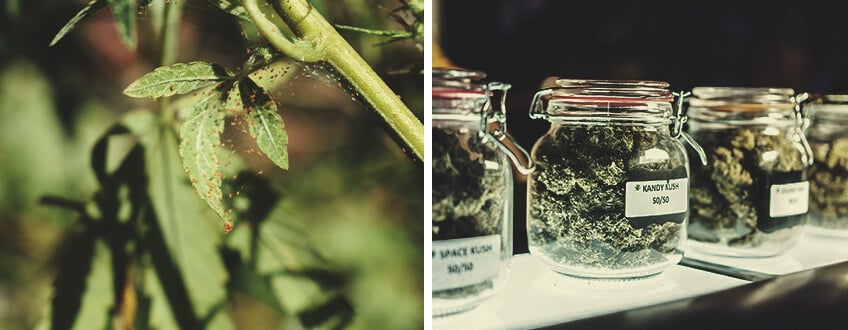
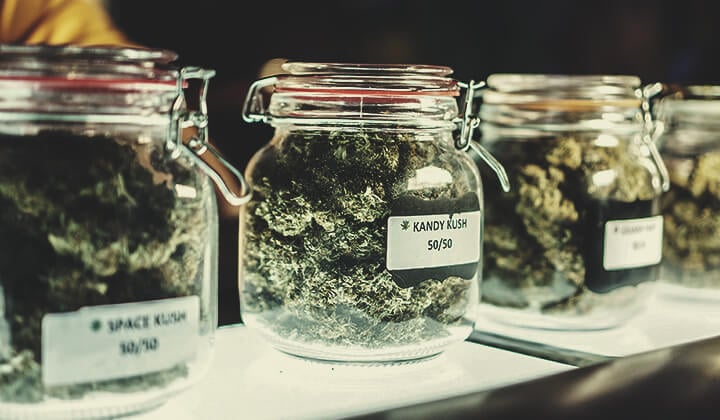
-
Quality
Quality varies among homegrown weed and coffeeshop offerings. Amazing, high-grade buds and bunk weed stem from both sources.
- Homegrown
The quality of homegrown weed depends on the grower. While you learn the ropes, you shouldn’t expect dispensary-level flowers when harvest time comes around. However, a few grows down the line, and you’ll watch the quality of your flowers soar.
But what do we mean when we talk about cannabis quality? The effects of cannabis are very subjective, and everyone has their preferences. But a few factors influence cannabis quality more objectively, such as:
- Flushing flowers
- Drying and curing
- Good genetics
- High levels of cannabinoids and terpenes
- Well-manicured buds
Once you achieve these points, you can take things further as a home grower by selecting the exact strains that appeal to your preferences. This way, you’ll have control over the taste, potency, effects, and final form of your cannabis—from edibles to extracts and beyond.
- Coffeeshop
Dutch coffeeshops became known all over the world for a reason. Sure, the local laws made them possible, but they also serve up some damn good bud. However, as in every industry, the quality depends on the provider.
Top-tier establishments, such as Coffeeshop Boerejongens, combine excellent customer service, a lovely atmosphere, and high-quality flowers to cultivate a memorable experience. In addition to Boerejongens, you’ll find many other coffeeshops that put the customer first and offer really good weed.
However, you’ll also find some bad apples. It won’t take you long to find bad reviews online that talk about ill-tempered staff, poorly trimmed bud, and weak cannabinoid profiles.
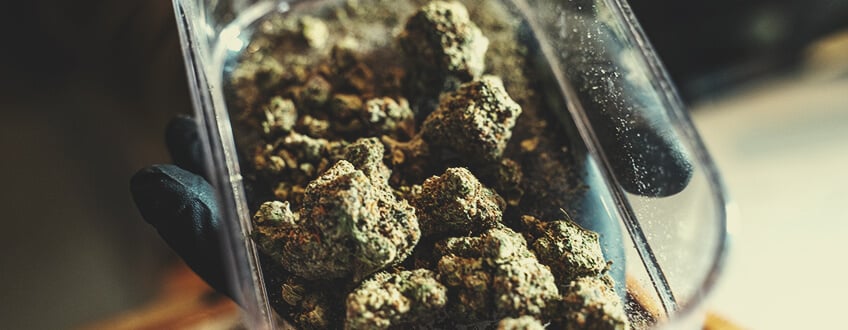
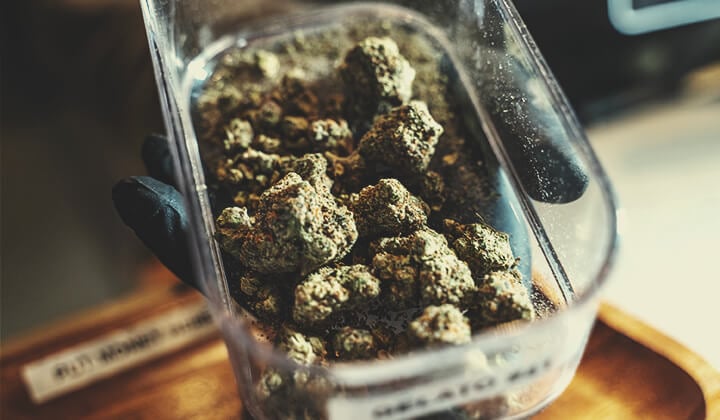
-
Convenience
You might immediately think that coffeeshops score another point when it comes to convenience. But there are a few things you need to consider before you crown your winner in this category.
- Homegrown
Cannabis takes a minimum of 8–10 weeks to produce a harvest. Then, you need to add on another few weeks to dry and cure your buds correctly. If you plan on growing towering sativa plants outdoors, you'll need a lot more patience.
This might seem like a lot of work, but the reward outweighs the time spent. Once you have a cupboard filled with stash jars, you won’t find opening your containers very inconvenient. Plus, we’re in a time of possible lockdowns and volatile legal landscapes. If the house of cards falls, you’ll have the most convenient method of accessing cannabis.
- Coffeeshop
Coffeeshops are convenient, but only if you live in the Netherlands. If you live outside of these borders, you need to go through the hassle of booking plane tickets, trains, and hotels just to smoke some weed. Even if you live in the country, it might take a good hour to reach the nearest outlet. If you’re lucky enough to live close to a coffeeshop, dispensary, or cannabis club, this option will tempt you through convenience alone.
-
Legality
Both coffeeshops and homegrown cannabis exist in a volatile legal atmosphere—in the Netherlands and beyond. Find out which option poses the least risk.
- Homegrown
In certain countries, growing cannabis comes with considerable risk. However, in the Netherlands, the government tolerates the cultivation of up to five plants[1] and assumes that this quantity rules out any commercial trade being conducted.
Growers in Spain also enjoy decriminalisation when it comes to cultivating cannabis. If you grow plants that are intended for personal use[2], you’ll avoid prosecution.
However, cannabis growers in the UK and other countries face a different situation. Grow almost any amount, and you’ll face potential fines and prison sentences.
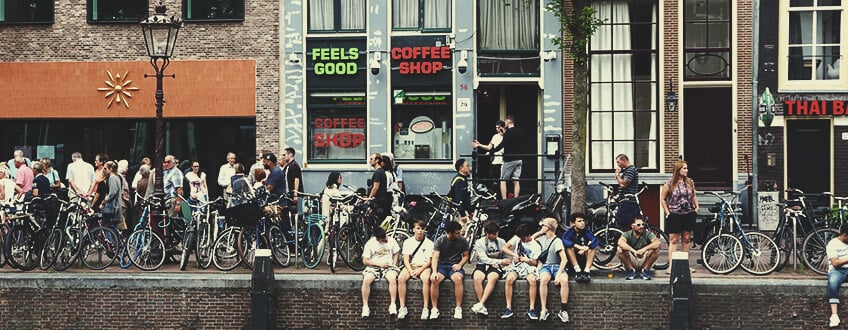
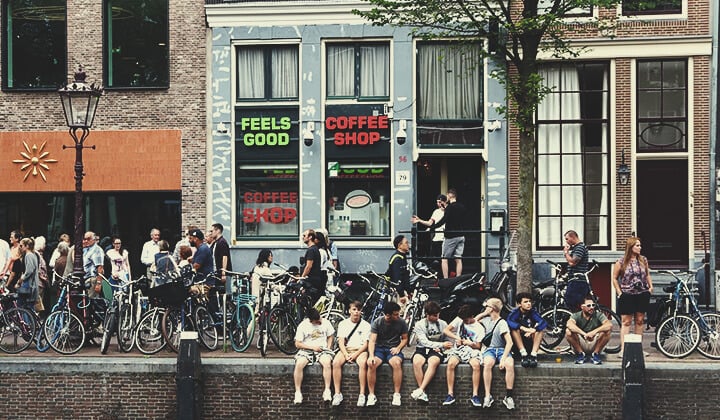
- Coffeeshop
You might feel like a law-abiding citizen while puffing away on a joint in a cosy coffeeshop. However, although they tolerate the sale of weed in these establishments, the Dutch government views the sale of soft drugs as a criminal offence[3]. Dutch coffeeshops drive major tourism, but a sudden change in the law in the future could lead to a collapse of the industry.
Homegrown Weed and Coffeeshop Weed Both Have Benefits (and Drawbacks)
Obtaining weed from your own plants or the shelves of a coffeeshop both offer distinct benefits. Coffeeshops offer convenience, a great choice of buds, a memorable experience, and a social atmosphere. However, the cost of growing cannabis is much lower in the long run. Not only that, but growing your own weed allows you to develop a useful skill, choose the exact genetics you want to smoke, and take pride in the final product.
- Am I committing a criminal offence if I possess, produce or deal in drugs? | Drugs | Government.nl https://www.government.nl
- CANNABIS LAW AND LEGISLATION IN SPAIN https://cms.law
- Am I committing a criminal offence if I possess, produce or deal in drugs? | Drugs | Government.nl https://www.government.nl


























